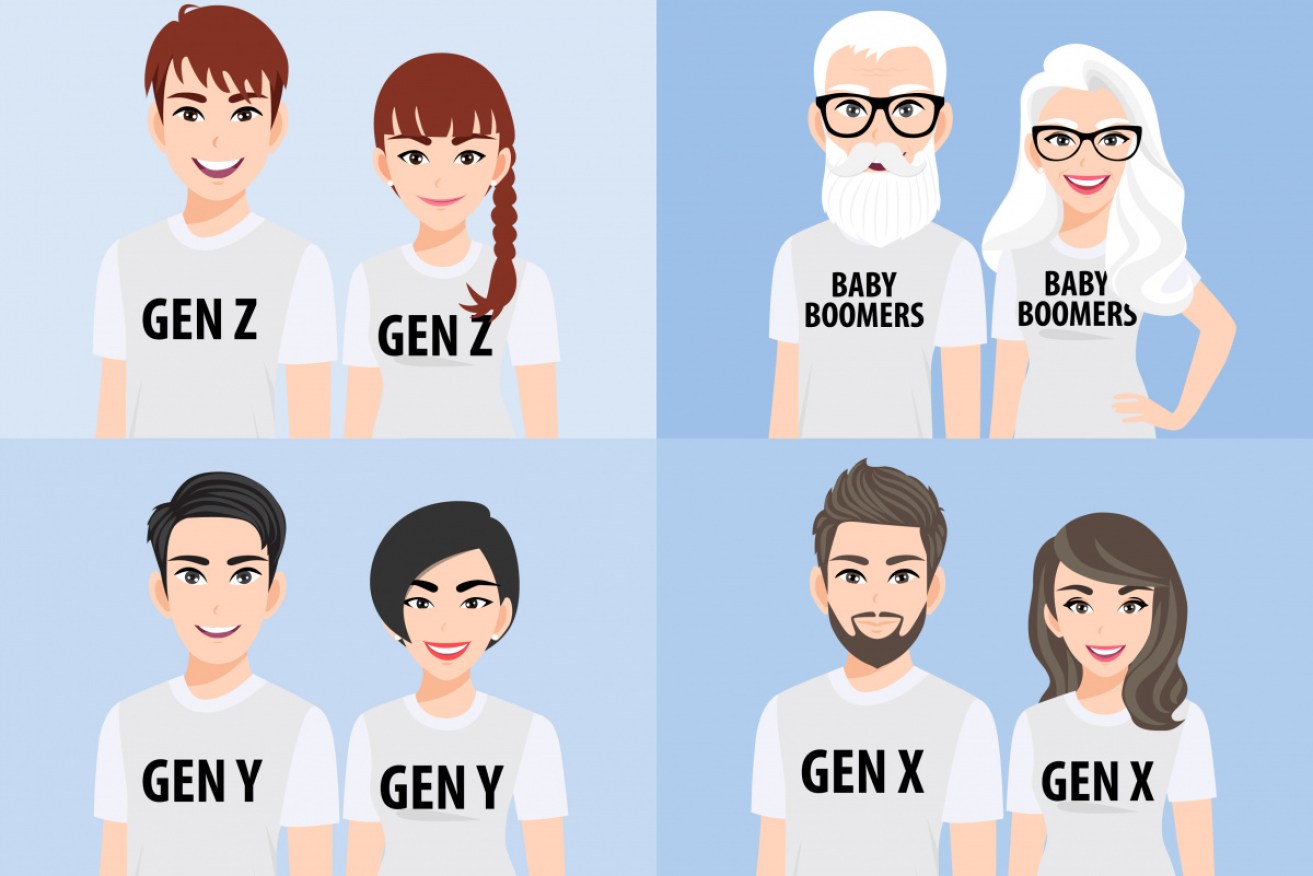Generational divide: Younger Australians are worse off than their parents were, index shows


The Actuaries Institute says young people are worse off than their parents were at the same age. Photo: Getty
Today’s 30-year-old is more educated than previous generations.
But they are poorer than their parents were at the same age and struggle to break into the property market.
Some boomers say that’s because millennials lack financial discipline and spend too much money on avocado on toast. (And need hugs.)
But a new report released on Monday says it’s because government spending is biased towards the old and asset prices have risen faster than incomes – due in no small part to record-low interest rates.
The Actuaries Institute argues in its latest green paper, Mind the Gap – The Australian Actuaries Intergenerational Equity Index, that these two factors have conspired to drive inequality between generations to a 20-year high.
The index has been given to federal Treasury and is based on an analysis of 24 indicators across six domains: Economics, housing, health, social, education, and the environment.
It found that today’s young people have significantly better health, education, and social outcomes than previous generations of young people – but worse economic, housing and environmental outcomes.

Source: The Actuaries Institute
Dr Hugh Miller, who has a PhD in statistics and is one of the report’s co-authors, said the findings challenged the conventional wisdom that “our children will live better lives than we do”.
“We expect continuous improvements in government services, better products, higher incomes and improved health,” Dr Miller said.
“But an increasing majority of parents fear that as today’s children grow up, they will be worse off financially than their parents.
“There are a broad range of economic, housing and environmental issues that appear to be worsening.”
The institute gave the economics domain the heaviest weighting in the index, attributing 30 per cent of the overall results to these indicators, 20 per cent to health and disability indicators, 15 per cent to social, 10 per cent to education, 10 per cent to housing, and 15 per cent to environment.
The economic indicators tell a story of increasing underemployment among younger workers but stagnant public funding for these cohorts.
Although the share of employed young people actively looking for more work has risen from 12 per cent to 20 per cent over the past decade, total government spending has remained at roughly 3.5 per cent of GDP on the 25-34 and 45-54 age brackets, but risen from 3.7 per cent of GDP to 4.5 per cent on people aged 65 to 74.
The report says governments spend $37,750 per capita on people aged 65 to 74 but only $16,250 per capita on people aged 25 to 34.
Meanwhile, the home ownership rate among people aged 25 to 34 has fallen from 51 per cent in 2001 to 37 per cent in 2018 – contributing to a widening wealth gap between the generations.
“Some falls are visible in other generations but on nowhere near the scale seen for young people,” Dr Miller said.
The report notes that home ownership rates are naturally higher for older generations as they had more time to save a deposit.
But the authors said it’s more difficult to buy a home today than previously, as asset prices are rising faster than wages and record-low interest rates have boosted house prices while simultaneously making it harder for people to accumulate savings.

ABC chair Ita Buttrose said millennials lack resilience and need hugs. Photo: Getty
“The average young person faces challenges their predecessors did not: Wage stagnation and rising underemployment, large government net debt and growing pressure on government budgets driven by increased government spending on pensions and health care for older households,” Dr Miller said.
And that’s to say nothing about climate change, of which the worst effects will be reserved for future generations.
The report also refuted the claim that young Australians fritter away their wages on avocado toast – as famously suggested by Australian demographer Bernard Salt – claiming “younger people are spending less on non-essential items such as alcohol, clothing and personal care and more on necessities such as housing, than three decades ago”.
Life expectancy – “the ultimate expression of health” has also continued to increase, with people born today expected to live 20 years longer than people born in 1920.
And though the authors note there is a debate to be had “about the right mix of higher education (vocational as opposed to university sector”, it says a rising share of individuals with at least a Year 12 education, coupled with a growing proportion of Australians with a bachelor’s degree, is to be celebrated.
The report stops short of calling for explicit recommendations, but provides more than 20 policy options worth considering.
These include reviewing the rate of unemployment benefits, removing overly generous superannuation tax concessions for wealthy retirees, including a retiree’s home in the Aged Pension asset test, boosting childcare subsidies, and replacing stamp duty with “a land tax to remove the tax burden of ‘right-sizing’ a household’s home”.








